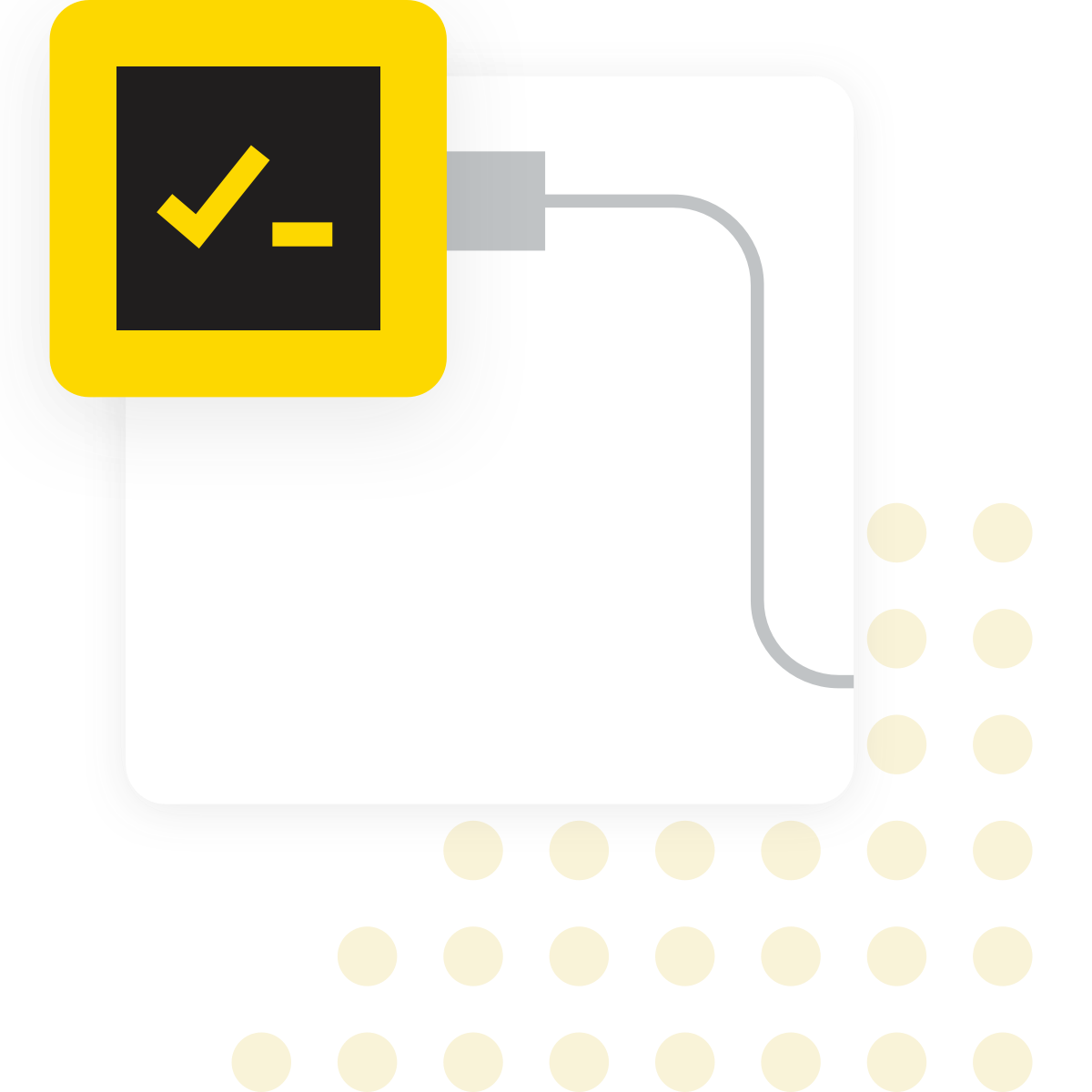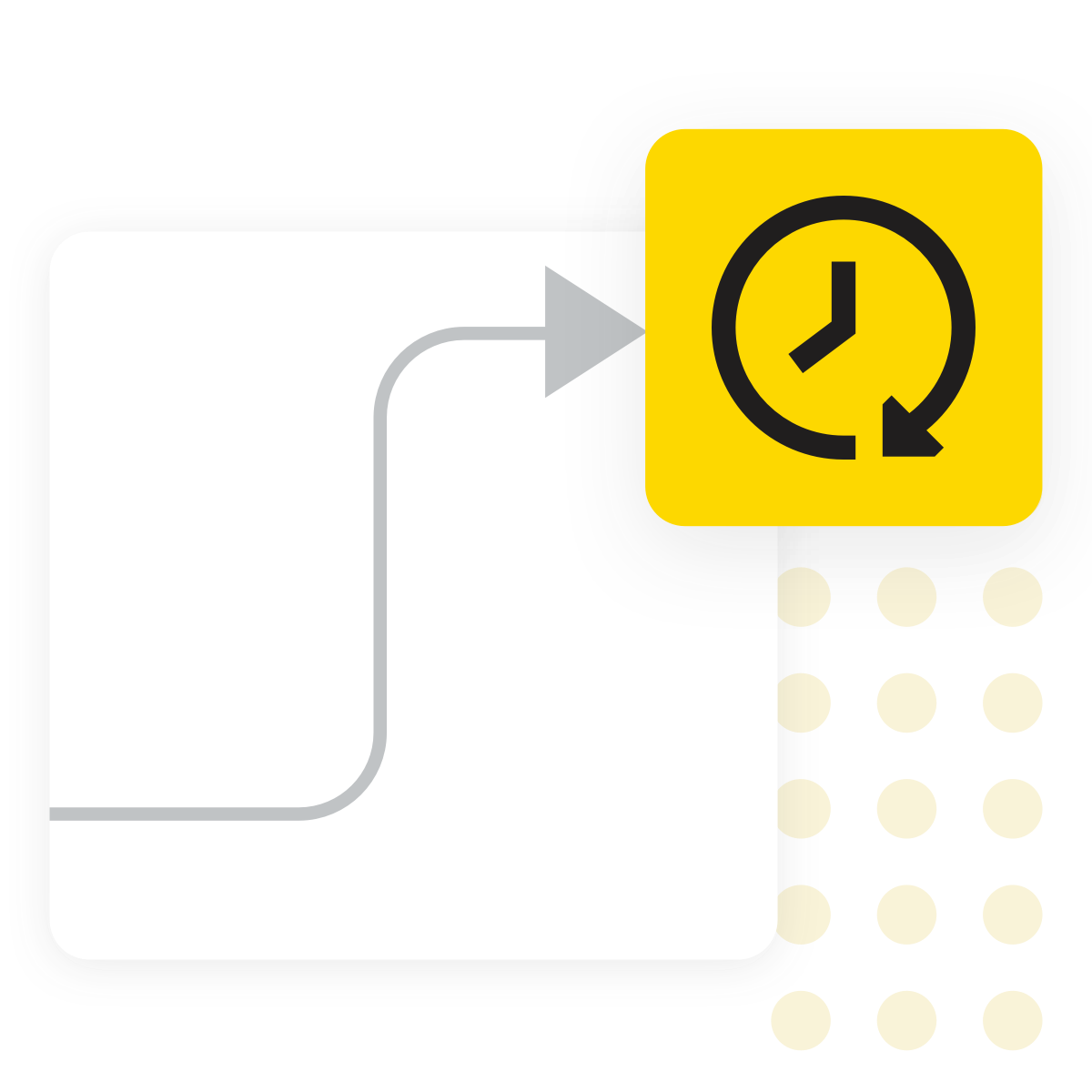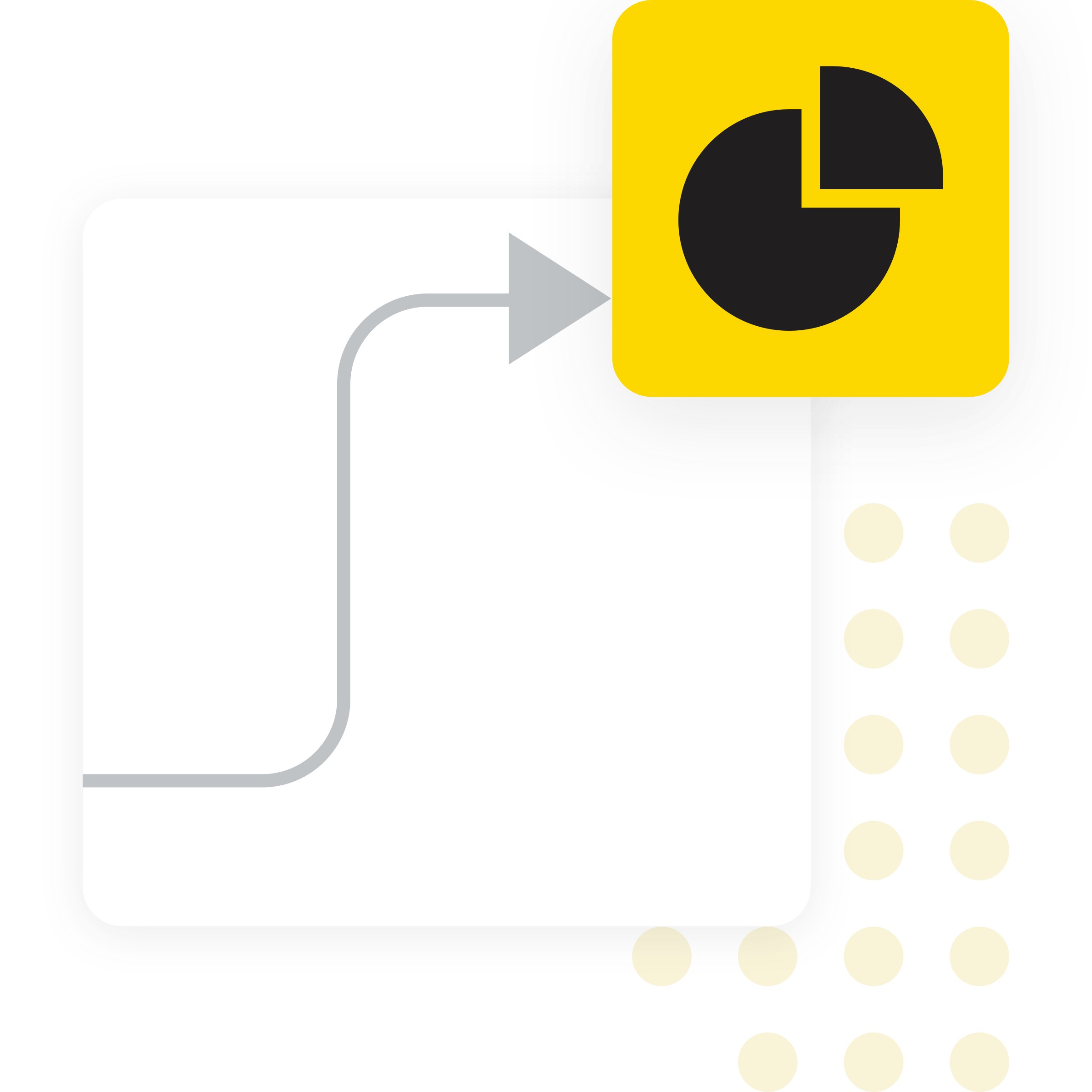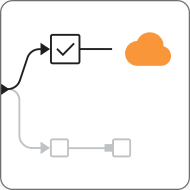Transaction Aging Calculation with KNIME
Transaction aging calculation is the process of categorizing outstanding amounts (such as accounts receivable, accounts payable, or other accruals) based on how long they have remained unpaid or how long remains until they are due. With KNIME, you can build repeatable, auditable workflows to automate ageing reports, flag payments that have been long overdue, and drive decision making in finance or audit departments.
KNIME Workflow Example for Transaction Aging Calculation
This example workflow calculates how long transactions or invoices have been outstanding—or how long remains until they are due. It includes:
- Reading, exploring and validating transaction data, checking for missing values and summarizing key numeric columns
- Calculating how long each transaction has been outstanding—or how long remains until it is due—based on a selected cutoff or reference date
- Building an interactive dashboard to inspect transactions age and summary statistics, as well as exporting results as a static report for further review or audit documentation
Why use KNIME for Transaction Aging Calculation

What is Transaction Aging Calculation?
Transaction aging calculation determines how long each transaction or invoice has been outstanding—or how long remains until it becomes due—by computing the number of days between the reference date (e.g., reporting or billing date) and the transaction’s issue or due date. The results can optionally be grouped into time buckets (e.g., 0–30, 31–60, 61–90, >90 days) to give a clearer view of outstanding balances. This helps organizations assess credit exposure, monitor cash-flow risks, and prioritize actions such as collections, write-offs, or payment negotiations.

Why does it matter?
Accurate transaction aging is essential for managing cash flow, assessing credit risk, and maintaining financial transparency. By computing and categorizing outstanding balances by age, organizations can identify overdue accounts, prioritize collections, and determine appropriate provisioning or write-offs. In many industries, especially finance and audit, aging reports also support regulatory compliance. Beyond accounting, they inform strategic decisions such as adjusting payment terms or flagging early signs of financial stress. Without a reliable aging process, businesses risk misjudging liquidity and underestimating exposure.

Typical challenges
- Data often comes from various systems like ERP, CRM, or banks, each with its own formats and identifiers, which can lead to mismatches and extra cleanup work.
- Payments may be delayed, missing, partial or inconsistently recorded, making it difficult to determine whether transactions are actually or partially overdue, or already settled.
- Over time, aging status can shift as new payments arrive or adjustments are made, so workflows need to account for historical snapshots and changes between reporting periods.
- Business rules, such as ageing bucket definitions or exception thresholds, can evolve, requiring workflows to be both repeatable, auditable and easy to adjust without major rework.
- As transaction volumes grow, manual approaches become unsustainable, making automation and scalability critical to ensure timely, consistent, and reliable ageing reports.

Benefits of using KNIME
- Multiple data sources such as databases, Excel files, SAP systems, or cloud platforms can be integrated in a single workflow, enabling consistent access to transactional records.
- A broad range of data manipulation nodes supports time-based calculations, such as date differences and rolling windows, which simplify the aging logic across large datasets.
- Data can be categorized, filtered, or grouped dynamically, allowing for flexible handling of business rules like ageing buckets or exception thresholds.
- Visual workflows are modular, transparent and versionable, making it easier to trace data transformations, adjust logic, and maintain documentation.
- Once designed, workflows can be deployed on KNIME Hub to scale up operations, reduce manual effort, and ensure fast decision-making and consistency across recurring reporting cycles.
How to use KNIME for Transaction Aging Calculation

Data Access and Preparation
Load invoice, payment, and adjustment records from ERP systems, databases, cloud platforms or Excel files. Leverage data manipulation and date&time nodes to clean and standardize key fields, such as dates, amounts, and identifiers to ensure consistency across sources. Match payments to invoices to calculate any remaining open balances, including handling partial payments or credits.

Calculate Transaction Age and Assign Aging Buckets
For each open transaction, compute the number of days between the invoice date (or due date) and a chosen reference date. Use this calculated ageing value to classify the transaction into predefined buckets such as “overdue”, 0–30, 31–60, 61–90, or >90 days. Apply rules to highlight overdue items or transactions requiring follow-up.

Review Results and Automate Reporting
Summarize aged balances by customer, region, or account group to create a structured ageing overview. Export results to Excel, static PDF reports or interactive dashboards for custom exploration of results. Once built, workflows can be deployed on KNIME Hub and scheduled for automated execution to ensure ongoing monitoring.
How to Get Started
Additional Resources
KNIME for Auditors
A guide for auditors who are familiar with ACL and IDEA and are ready to explore KNIME Analytics Platform.
10 Ready-to-Use Audit Test Workflows: KNIME for Audit
Learn how each audit test in the KNIME Audit Starter Pack helps you identify risks, automate analysis, and improve audit efficiency.
FAQ
In the aging classification step (e.g. via Expression or Rule Engine nodes), you can adjust the logic thresholds to your desired bucket ranges.
It depends on your business needs and the volatility of receivables. Many run monthly, but in cases of high turnover or risk you may run weekly or daily “as of” snapshots.
Backtest with historical data, compare totals (sum of buckets should equal total outstanding), sample individual accounts, and cross-check with manual or system reports.
Yes. You can extend the workflow with logic to flag accounts beyond thresholds and integrate with notification, dunning, or task systems (e.g. email, downstream systems).
Yes. Once the workflow is built, it can be deployed for automated execution using scheduling capabilities available via one of KNIME’s paid plans. This allows you to compute outstanding invoices on a regular basis—daily, weekly, or monthly—without manual intervention. You can also version and share workflows, making them accessible to teams or integrated into broader audit processes.